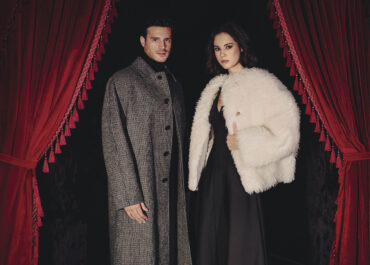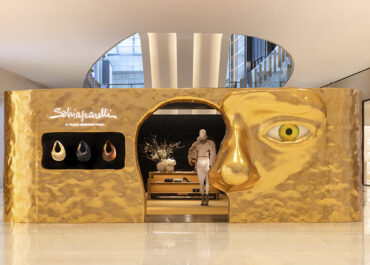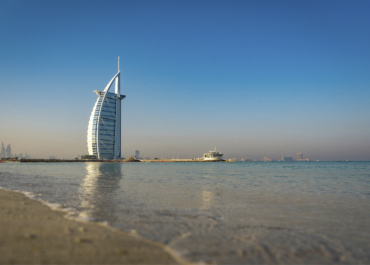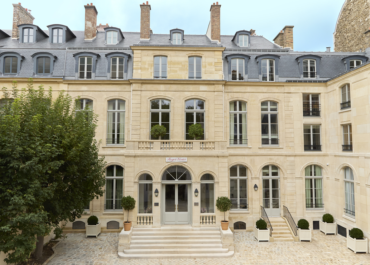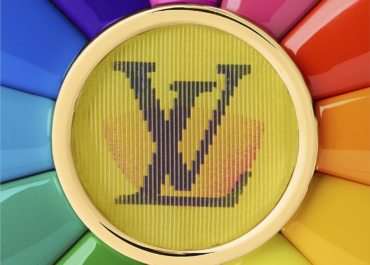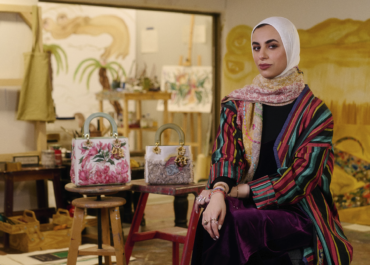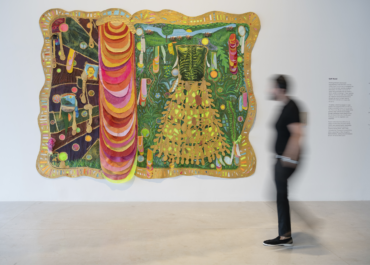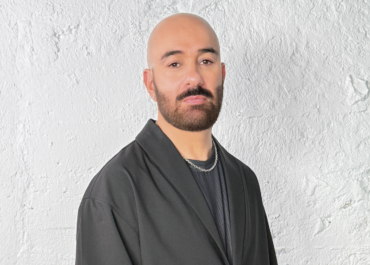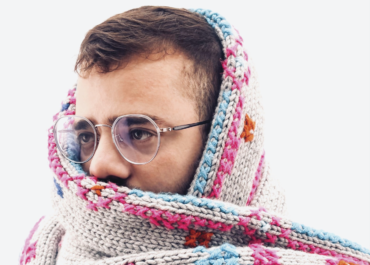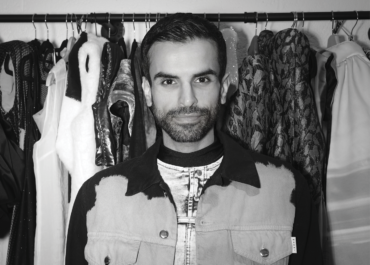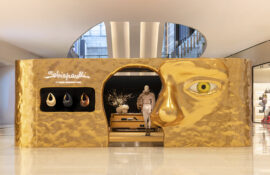Once seen as avant-garde, Art therapy is increasingly being recognised as a valuable form of psychotherapy that bridges creativity and psychology. It uses art-making as a way to explore emotions, memories, and experiences that may be difficult to articulate through language.
“Art therapy is a form of psychotherapy that uses creative expression, such as drawing, painting, or working with any art materials, to help people explore their emotions, experiences, and inner worlds,” explains Nada Shanti, an Art Psychotherapist who works between Dubai and Spain (@create_change_art_therapy).
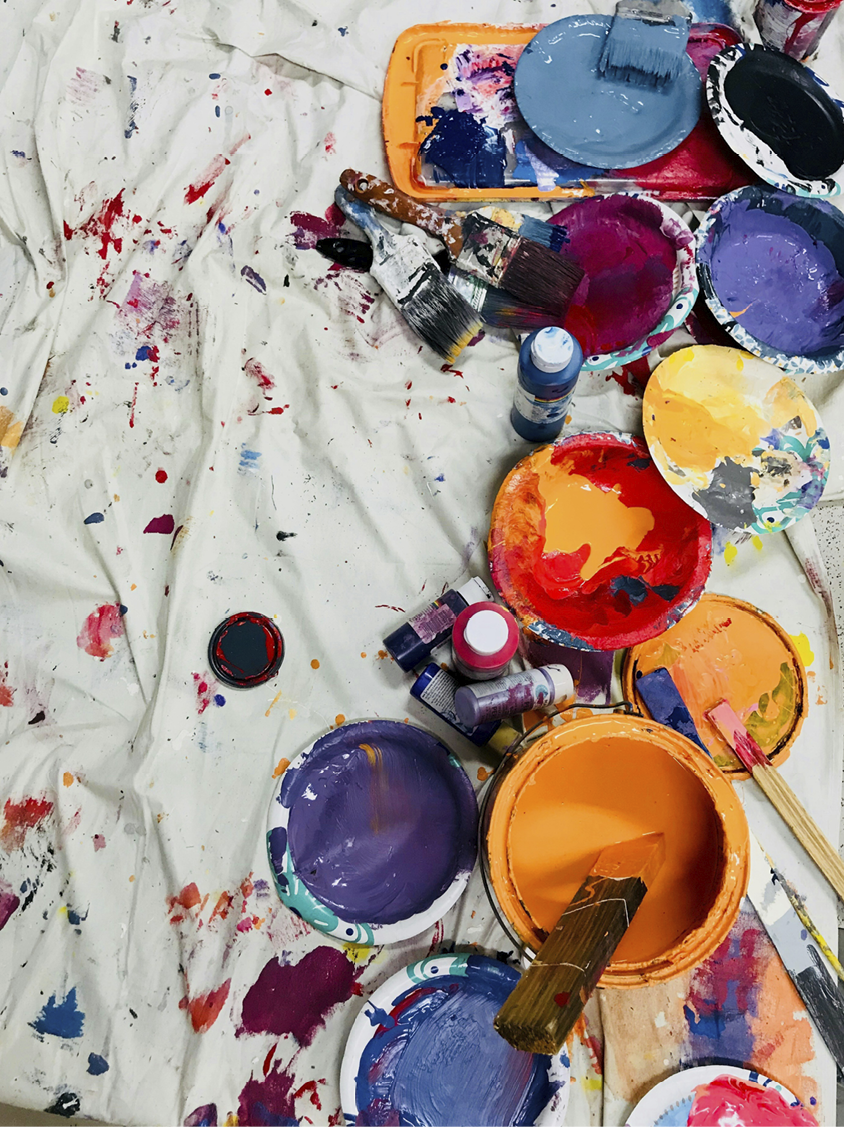
“It’s not about artistic skill at all; we don’t care about the end product. It’s about the process of making art as a way of communication and healing. You don’t need to have any art skills at all. Art therapy is about expressing yourself, not creating a perfect artwork.”
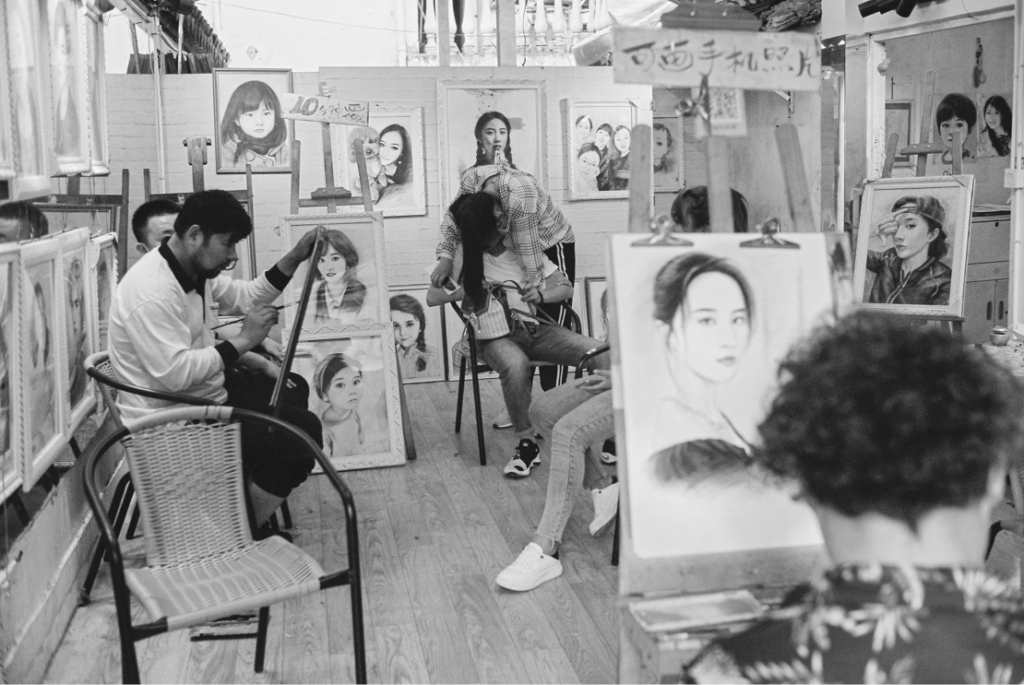
Shanti adds that the discipline allows people to access parts of the brain that traditional talk therapy often cannot. “Through imagery, colour, and symbolism, art helps people express what might be too complex, painful, or unconscious to put into words. In that way, the creative process becomes both a mirror and a bridge, reflecting what lies beneath the surface while opening new pathways for insight, emotional release, and transformation.”
Unlike recreational or professional art, Art Therapy follows a structured framework grounded in psychology and neuroscience. It is practised by licensed therapists trained to interpret creative expression and guide emotional processing.
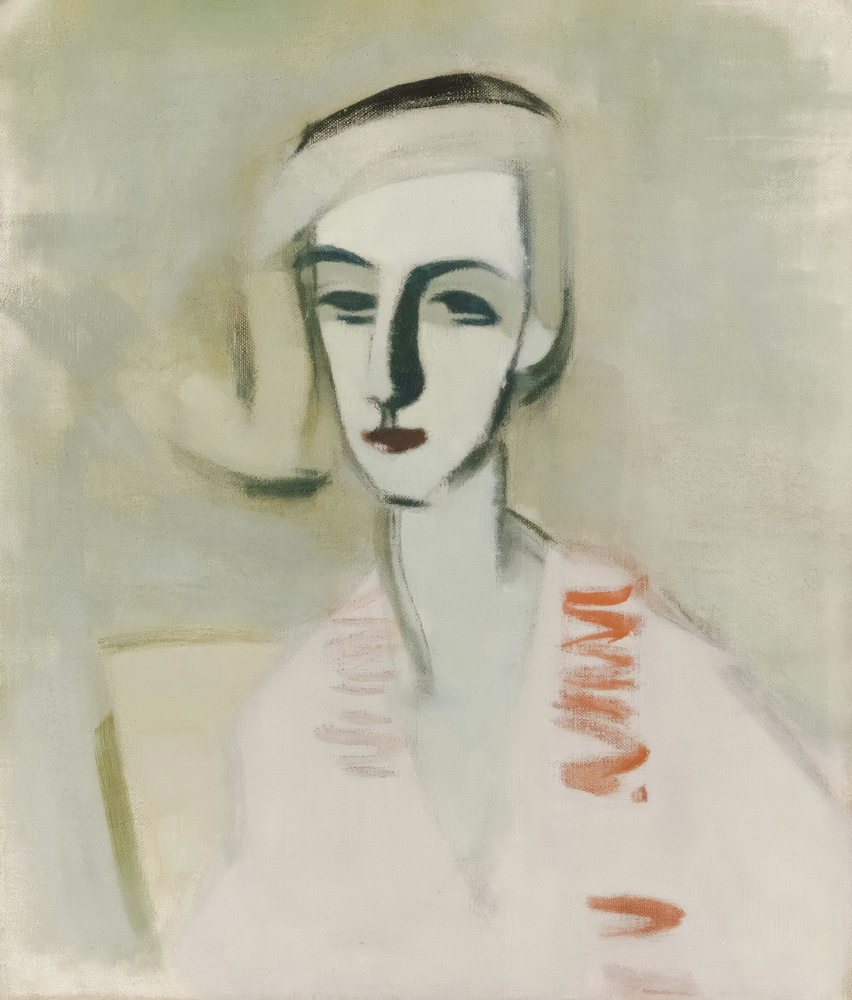
Indeed, research supports its efficacy across a range of conditions. Studies published in Routledge’s Handbook of Art Therapy and the Journal of IntiMal Open Journal Studies highlight the impact of art-based therapy on stress reduction, trauma recovery, and neuroplasticity. The process of creating art has been shown to activate both hemispheres of the brain and support the body’s relaxation response, lowering cortisol levels and improving emotional regulation.
For many, Art Therapy offers a way to communicate the unspoken. “Art therapy offers a wide range of benefits that support emotional, psychological, and even physical well-being,” Shanti explains. “It helps people reduce stress, process trauma, and express feelings that might be difficult to verbalise when words are not enough. The creative process can foster self-awareness, improve emotional regulation, and build a sense of empowerment and resilience.”
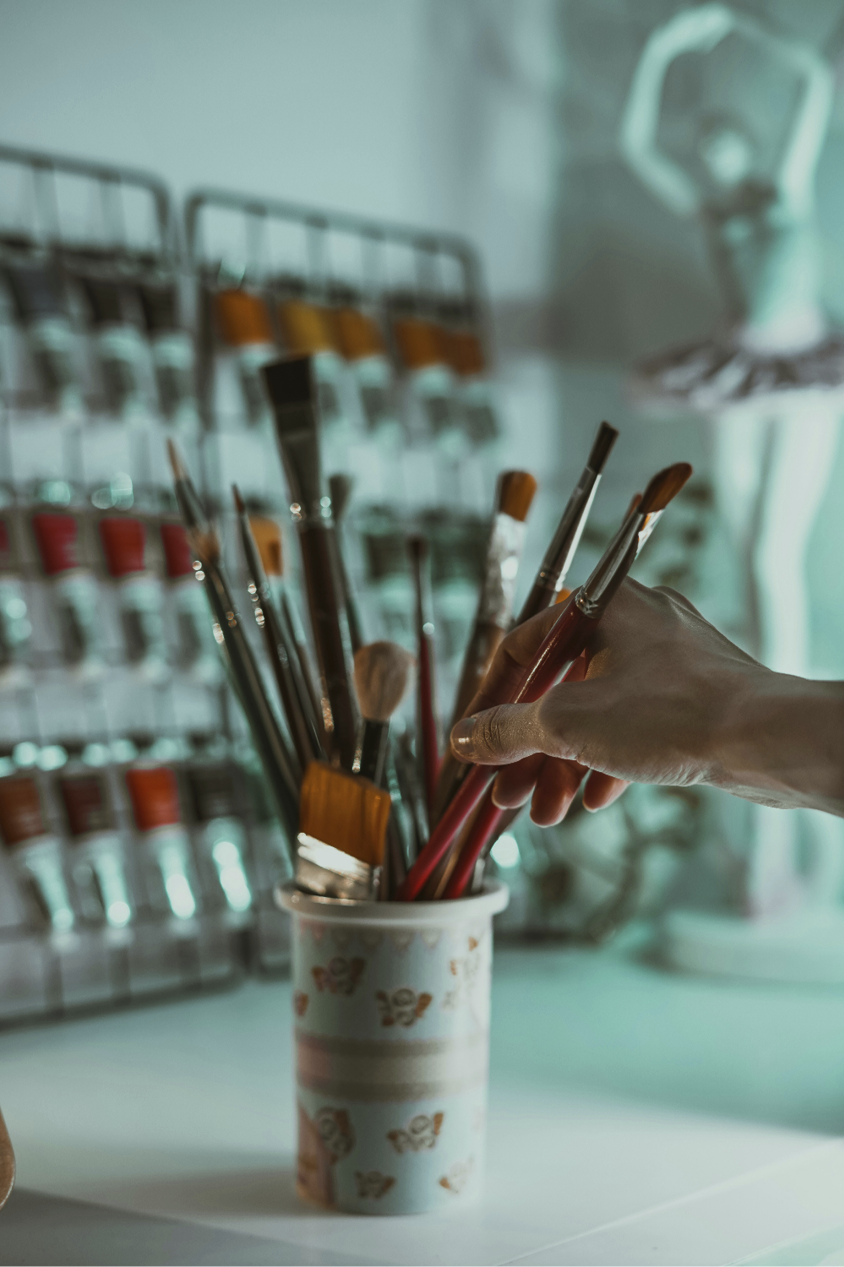
By engaging the sensory and emotional parts of the brain, art-making can also promote mindfulness and reconnection with the self. Shanti notes that it provides a safe, non-judgmental environment for exploration, “whether someone is dealing with depression, anxiety, loss, or simply looking for personal growth.”
When asked why the practice is becoming increasingly popular, Shanti points to its accessibility. “Art therapy is becoming increasingly popular because it offers a different kind of therapeutic experience, one that feels less invasive and more engaging. For many people, it can be intimidating to sit and talk about painful experiences, but through art, they can express emotions and stories without having to put everything into words. The process itself can feel freeing, even enjoyable; it’s creative, playful, and at times, fun. At the same time, it allows people to explore their inner world, uncover hidden emotions, and gain insight in a gentle and natural way.”
In this sense, art therapy enables people to “make visible the invisible.” Through the tactile process of using paint, clay, or collage, internal experiences, grief, joy, trauma, or memory can be externalised and examined from a distance. This approach aligns with Jungian concepts of symbolic imagery, where archetypes and personal symbols serve as bridges between the conscious and unconscious mind.
As modern life grows increasingly digital and fast-paced, Art Therapy also serves as a form of resistance to overstimulation. The deliberate, hands-on act of creating art slows the mind and body, inviting presence and sensory awareness.
Many practitioners draw parallels between Art Therapy and mindfulness. Both emphasise awareness, process, and non-judgment. Sitting quietly with materials, observing colour and texture, and allowing intuition to lead can shift focus away from external noise. In a world dominated by screens, the tactile nature of art-making offers a grounded, analogue form of self-care.
Art Therapy sessions often encourage participants to notice physical sensations and emotional responses during the creative process, reinforcing the mind–body connection. Indeed, studies in psychophysiology suggest that focusing on form, movement, and colour can regulate breathing and heart rate, helping to calm the nervous system.
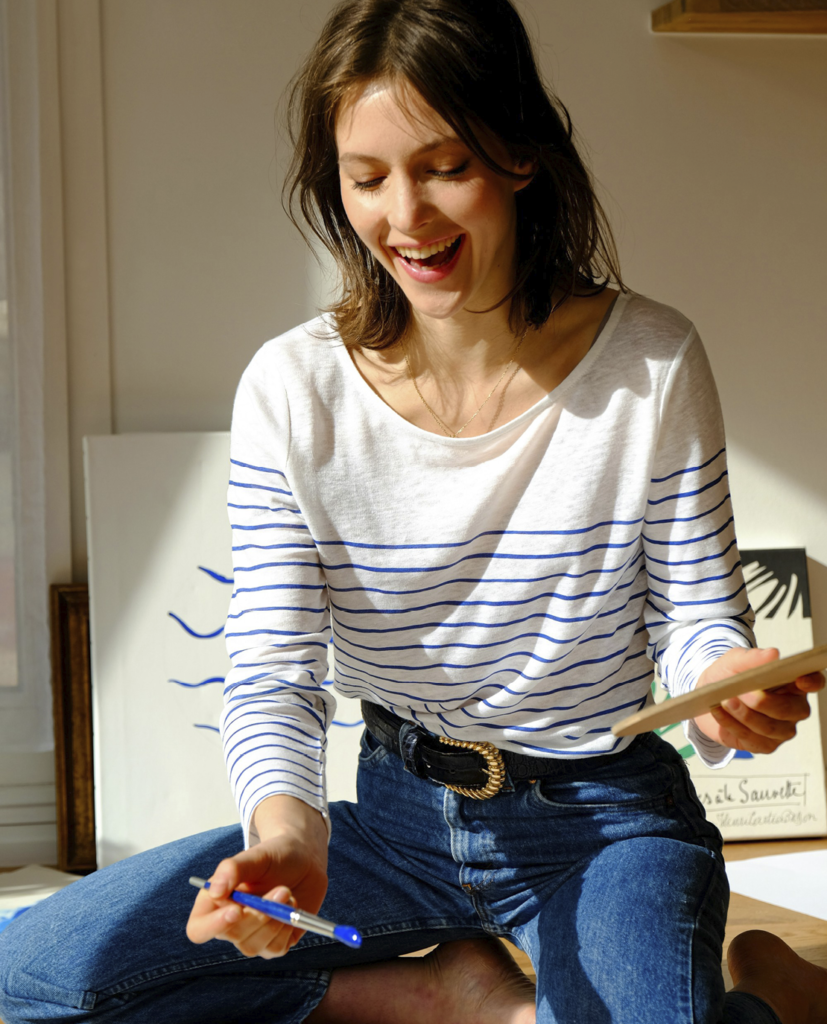
Beyond traditional clinical settings, art therapy has found applications across hospitals, rehabilitation programmes, and wellness industries. It is used to support cancer patients, eating-disorder recovery, veterans, children, and even corporate teams seeking to reduce stress and improve emotional resilience.
In hospitals, art therapists work alongside medical teams to help patients process fear and anxiety associated with illness and treatment. Within eating-disorder and trauma clinics, creative expression allows clients to rebuild a sense of agency and reconnect with their bodies in non-verbal ways.
Art therapy’s impact is perhaps most visible in work with military veterans. Creative Arts Therapist Melissa Walker, in her TED Talk Art Can Heal PTSD’s Invisible Wounds, explains how neurological research has revealed why art can succeed where language fails. “Due to advances in technology and neuroimaging, we now know there’s an actual shutdown in the Broca’s, or the speech-language area of the brain, after an individual experiences trauma. This physiological change, or speechless terror as it’s often called, coupled with mental health stigma, the fear of being judged or misunderstood, possibly even removed from their current duties, has led to the invisible struggles of our servicemen and women.”
Walker describes how the process of creating art allows trauma survivors to bypass the speech centres of the brain and access the same sensory areas that encode traumatic memories. “Vivid, symbolic artwork is being created by our servicemen and women, and every work of art tells a story. We’ve observed that the process of art therapy bypasses the speech-language issue with the brain. Art-making accesses the same sensory areas of the brain that encode trauma. Service members can use the art-making to work through their experiences in a non-threatening way. They can then apply words to their physical creations, reintegrating the left and the right hemispheres of the brain.”
She adds, “Philosophers have told us for thousands of years that the power to create is very closely linked to the power to destroy. Now science is showing us that the part of the brain that registers a traumatic wound can be the part of the brain where healing happens too. And art therapy is showing us how to make that connection.”
This integration of science and creativity has positioned art therapy within a broader wellness landscape. Luxury retreats, mindfulness workshops, and corporate wellbeing programmes increasingly include guided art sessions designed to reduce burnout and encourage reflection.
As technology evolves, so too does the practice of Art Therapy. Digital Art Therapy, where clients use tablets or styluses to create, has expanded access for people unable to attend sessions in person. Virtual reality (VR) platforms are now being explored as immersive environments for creative healing, allowing users to sculpt, paint, or move within 3D spaces as part of their therapeutic process.
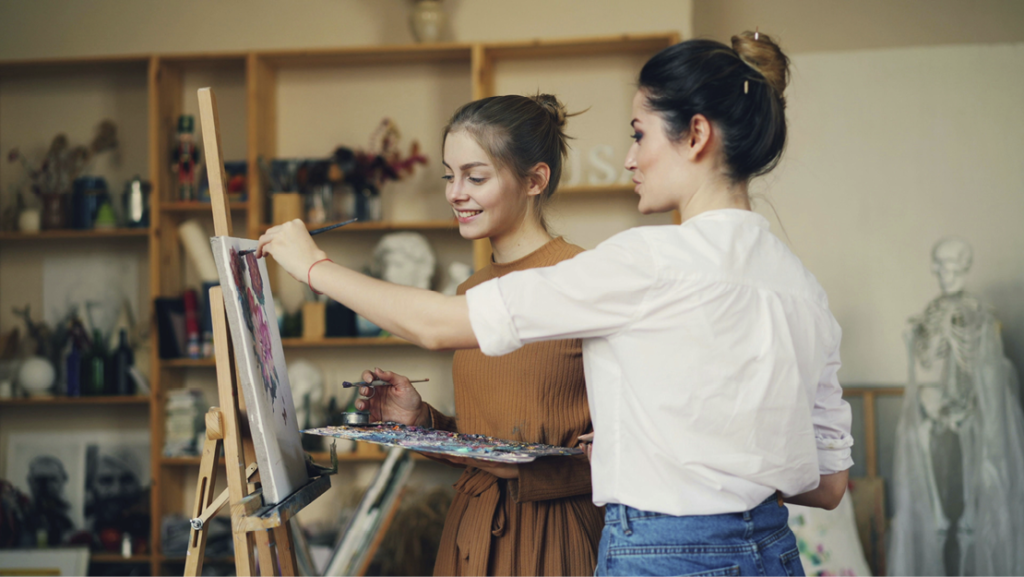
These innovations raise new ethical and clinical questions, such as how data privacy and embodiment translate in virtual space, but they also open opportunities for broader inclusion. For younger generations raised on digital interaction, virtual art therapy may feel as intuitive and accessible as a sketchbook once did.
Despite its evolving forms, the core principle of Art Therapy remains constant: creativity as a tool for communication, self-understanding, and recovery. Whether through brushstrokes, clay, or pixels, the act of creation continues to offer what words alone cannot, a safe space to express, to connect, and to heal.


